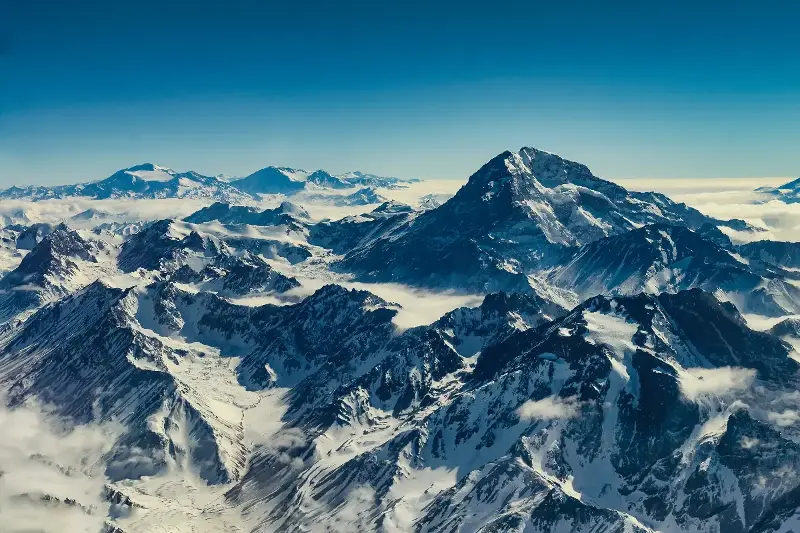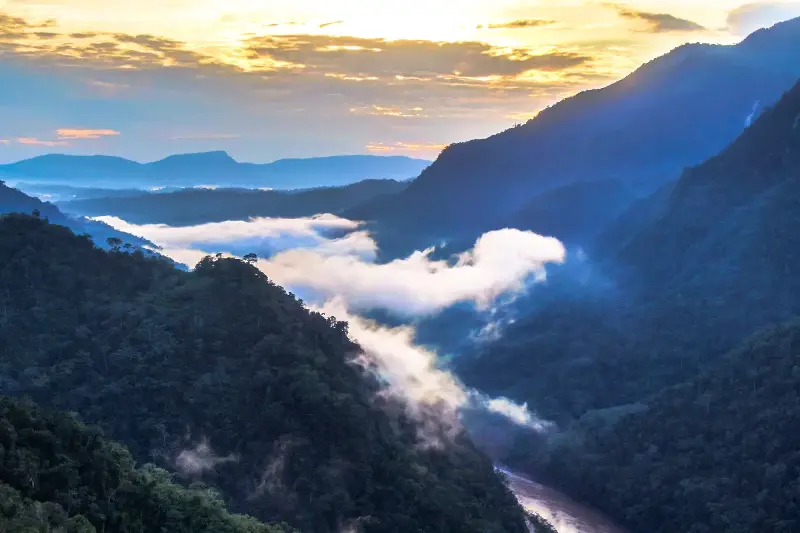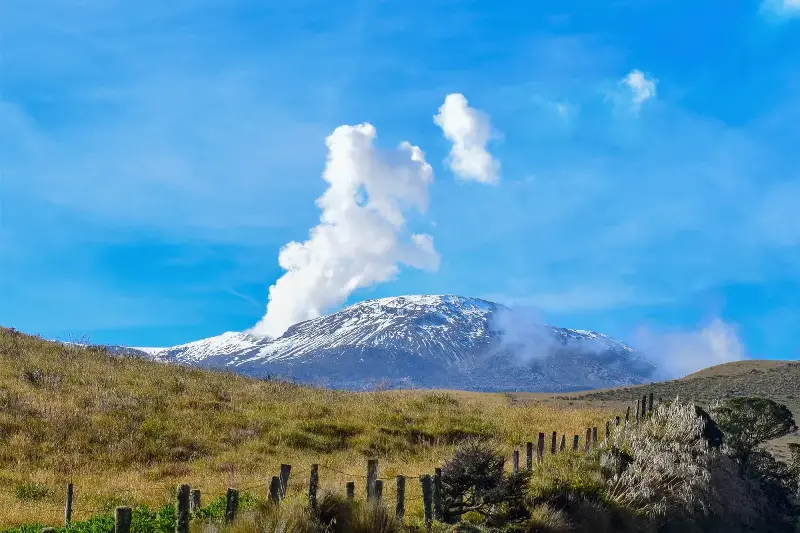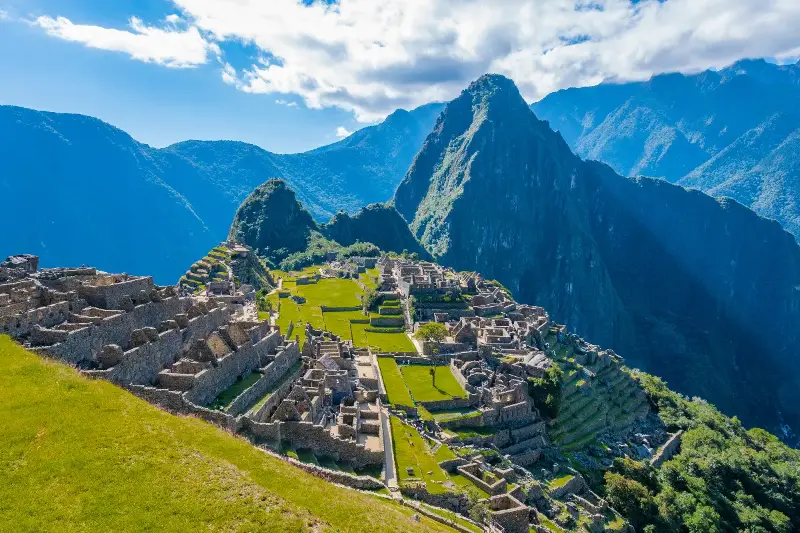Stretching majestically along the western edge of South America, the Andes Mountains form an impressive backbone that defines not only the continent’s geology but also its culture, history, and biodiversity. At nearly 7,000 kilometres long, this is the world’s longest continental mountain range—a spectacular realm where snow-capped peaks, lush rainforests, smouldering volcanoes, and endearing alpacas converge to create a landscape like no other.
A Tapestry of Geography: From Columbia to the Southern Tip

Aerial view of Aconcagua, Argentina.
The Andes wind their way through seven countries: Venezuela, Colombia, Ecuador, Peru, Bolivia, Chile, and Argentina. This immense chain divides into several ranges—known as cordilleras—and in places, rises above 6,900 metres, with Aconcagua in Argentina reigning as the highest mountain outside Asia. What makes the Andes truly special isn’t just their size, but the remarkable variance in their terrain. From glacier-topped summits and arid highland plateaus to cloud-drenched forests and deep river valleys, the Andes host nearly every imaginable mountain landscape.
Within these dramatic settings, life flourishes. The Amazon Rainforest, the world’s largest, finds its birthplace on the eastern Andean slopes. Here, rainfall and meltwater from the mountains feed mighty rivers that eventually form the arteries of the Amazon Basin. It’s no exaggeration to say that the Andes are the life-source for much of South America’s biodiversity.
Rainforests Alive with Colour and Sound

The Amazon Rainforest.
The eastern flanks of the Andes are cloaked with montane rainforests, often called cloud forests due to the persistent mist that drapes the canopy. These forests are biodiversity hotspots, teeming with an astonishing array of plants, animals, and fungi. Over 30,000 types of plants, 1,700 bird species, and countless insects find sanctuary here. Ancient tree ferns and orchids share space with rare mammals such as the spectacled bear, South America’s only bear species.
These rainforests play a vital ecological role. They help regulate global climate by absorbing carbon dioxide and maintaining one of the planet’s largest freshwater systems. The people living in these regions—many of whom are descendants of ancient Andean civilisations—have long understood and respected the delicate balance of these ecosystems.
Volcanoes: The Fiery Heart of the Andes

The Nevado del Ruiz in Colombia.
The Andes Mountains are a hotspot of geological activity. More than 150 active volcanoes line its length, making this region part of the Pacific "Ring of Fire." Mighty volcanoes such as Cotopaxi and Chimborazo in Ecuador, and the towering Nevado del Ruiz in Colombia, frequently remind the world of the earth’s restless energy beneath. Some, like the perpetually smoking Villarrica in Chile, are famed for their accessible lava lakes.
These volcanoes are more than geological wonders. Their eruptions have shaped Andean landscapes, created fertile soils, and even influenced local cultures. Traditional tales of mountain gods often refer to volcanoes as powerful guardians—spirits to be respected and honoured.
Alpacas and Andean Life: A Soft Touch in a Rugged World

An image of an Alpaca.
Among the most beloved inhabitants of the Andes are the alpacas. These gentle, long-necked relatives of the llama have roamed the high-altitude grasslands for thousands of years. Valued for their incredibly soft and warm fleece, alpacas are woven into the fabric of Andean culture—literally and figuratively. Ancient Incan royalty wore garments made from alpaca wool, considering them more precious than gold.
Today, visitors to the Andes delight in meeting alpaca herds grazing amid wildflower-dotted meadows. Their presence is a reminder of how humans and animals have thrived together in harmony with the harsh yet awe-inspiring mountain environment.
Eco-Adventures and Enduring Mysteries

View of Machu Pichu Ruins, Peru.
The Andes offer endless opportunities for adventure and discovery. Rugged hiking trails wind through world-famous sites like Machu Picchu in Peru and the mysterious geoglyphs of the Nazca desert. Intrepid explorers can journey from snowy mountaintops down through steamy jungles, chasing waterfalls and glimpsing rare wildlife along the way.
But the Andes are more than a playground for the adventurous. They are a living classroom, offering endless lessons in geology, ecology, history, and anthropology. For centuries, these mountains have inspired myths, fostered civilisations, and shaped the destiny of a continent.
In every sense, the Andes Mountains stand as a testament to nature’s power, beauty, and complexity—a breathtaking world that continues to unveil itself to those who seek its wonders. Whether you are dreaming of trekking among the peaks, sipping coffee in a misty highland village, or simply marvelling at photographs of alpacas in their mountain home, the Andes invite you to explore, learn, and be amazed.
